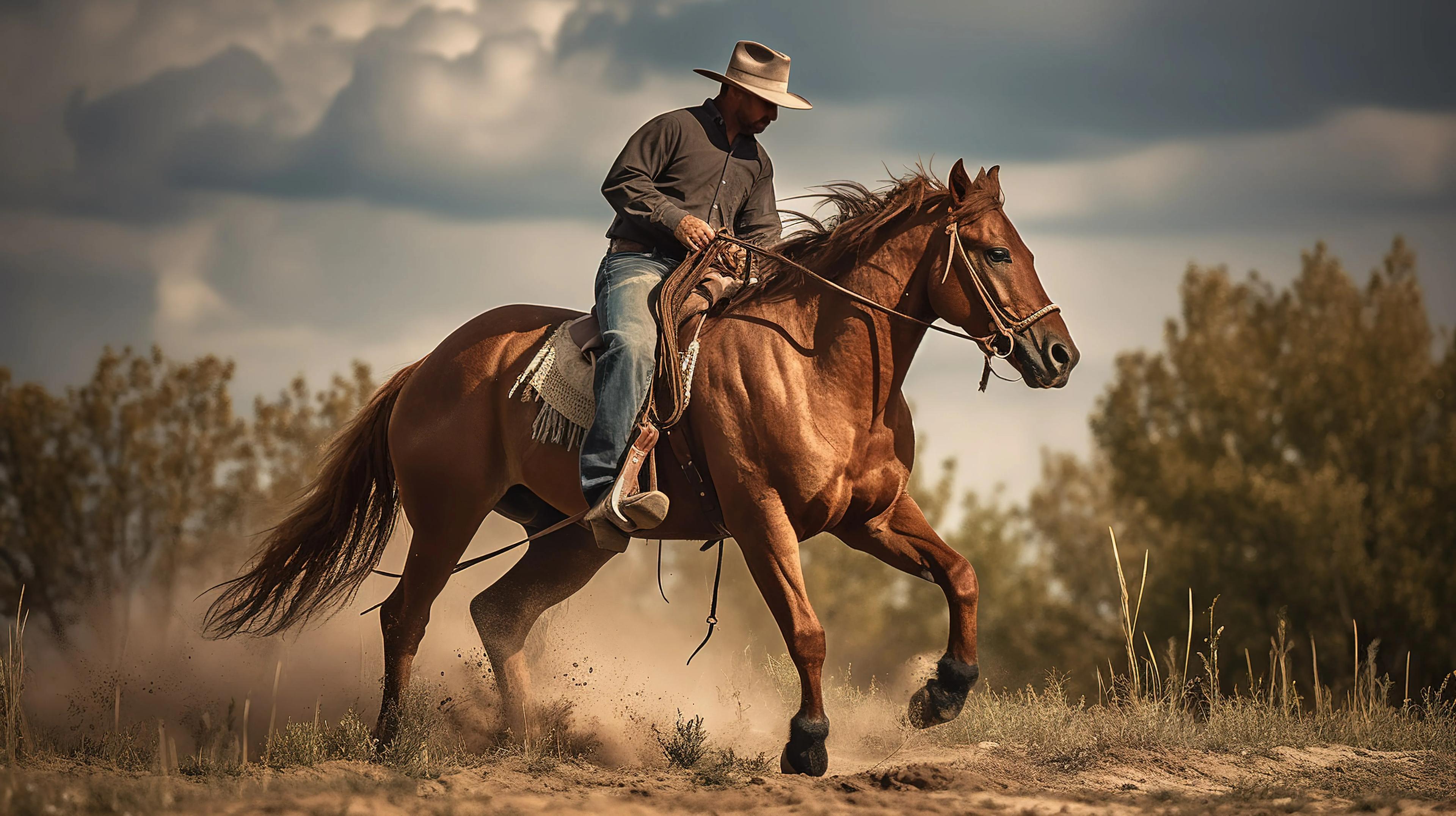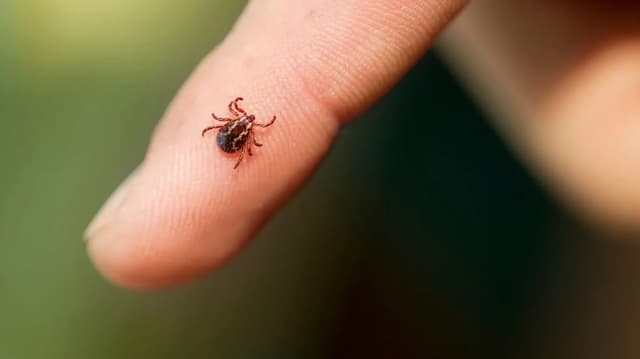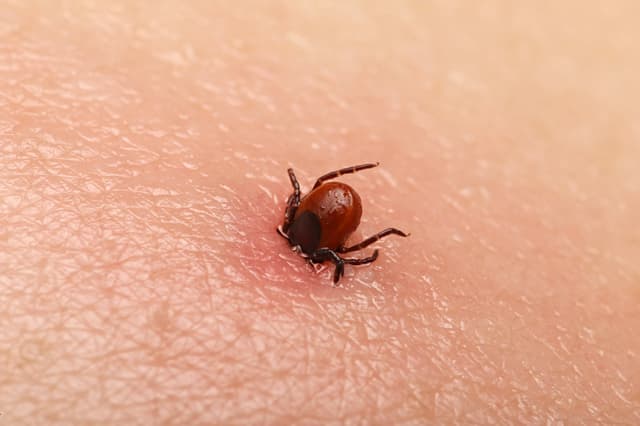Horse riding techniques you need to know
25/12/2024
Horse ridingDiscover safe horseback riding techniques, from how to meet a horse to how to handle unexpected situations. Enjoy the thrill of conquest.

Horse riding is an activity that requires interaction and coordination between people and horses to move according to the rider's purpose. Let's learn horse riding techniques with iguide.ai to make your experience safe!
Step 1: Interact, get acquainted and learn about horse psychology
When you learn to ride a horse, the first thing you need to do is learn about the horse you are about to ride, such as its name, breed, personality, etc. and get acquainted with the horse by petting, patting its neck, greeting it, and saying friendly words to it. With the guidance of a trainer or a horse groomer, you will learn how to lead, feed, clean, and groom the horse to create a friendly relationship with your new friend.
Understanding horse psychology is a very important factor because a timid or startled horse will be controlled differently than a strong, stubborn horse... Understanding the personality, strengths and weaknesses of the horse you are about to ride will help you control and handle the horse more easily.
Step 2: Control and handle the horse
When you learn to ride a horse, the first thing you need to do is learn about the horse you are about to ride, such as its name, breed, personality, etc. and get acquainted with the horse by petting, patting its neck, greeting it, and saying friendly words to it. With the guidance of a trainer or a horse groomer, you will learn how to lead, feed, clean, and groom the horse to create a friendly relationship with your new friend.
Understanding horse psychology is a very important factor because a timid or startled horse will be controlled differently than a strong, stubborn horse... Understanding the personality, strengths and weaknesses of the horse you are about to ride will help you control and handle the horse more easily.
Step 2: Control and manage the horse. Trained horses will obey the rider's commands, so when sitting on the horse, the learner needs to pay attention to a number of factors:
Your attitude and mindset while riding a horse are our top priorities because when you sit on the back of a 1.5 - 1.7 m tall horse, you will have an extremely exciting feeling of conquest. Your eyes and vision are also wider in front of a large space, the vast nature blends with your emotions. A winning, conquering mindset spreads in you when you look over the horse's head with pride that not many people have done like you.
Respecting and loving animals will help you and your horse become more than just a means of entertainment to help you move. Do not beat, scold, or insult them. You need to give them words of encouragement when they obey, but do not "spoil them, indulge them for no reason" so that they "become indifferent" and "bully" you. However, you also need to have a strict attitude with stubborn horses. Looking straight into the horse's eyes, clear commands, and your displeased attitude will help them listen and comply more.
In addition, trotting, galloping, horse control techniques... and other techniques will be shared in the Club's specialized topics on sport riding and recreational riding techniques.
Handling unexpected situations while riding: During practice, if there are unexpected incidents such as the horse being startled, tripping, breaking the rope, slipping the reins... causing you to feel a little "panic", then "falling off the horse" techniques are necessary. You need to react quickly by hugging the horse's neck tightly and clamping both legs tightly to the horse's belly. In case you cannot stand firmly on the horse's back, your feet should land by gradually lowering the height while still holding the reins firmly with both hands and hugging the horse's neck tightly. An important note for you is to always keep 1/3 of your feet on the stirrups when riding and try to keep your hands firmly on the reins or the horse's mane in all situations. The purpose of the technique is to land safely and not let the horse step on you, minimizing injuries (if any).
Step 3: Relax
After a period of training on horseback (usually 45 minutes - 60 minutes), you need to take a few minutes to relax and return to normal. The person and horse will walk a few laps around the training ground, you can lead the horse, walk and talk to them. Thank you for choosing iguide.ai to accompany your interesting experience!
Essential Vietnamese Phrases for Tourists: A Guide to Communicating in Vietnam
By Admin
04/10/2024
Start your Vietnam adventure with confidence by mastering key phrases that will enhance your travel experience. While fluency is not required, knowing essential expressions can improve your safety and interactions with locals, providing a deeper connection to Vietnam’s rich culture. From basic greetings to directions, these phrases will help you communicate effectively and show respect for local customs. Take the opportunity to enrich your trip by engaging in Vietnam’s vibrant language and traditions.
Mẹo an toàn thực phẩm và nước uống thiết yếu cho du khách ở Việt Nam
By Duc Anh
04/10/2024
Culinary Journey
Khám phá những mẹo quan trọng về an toàn thực phẩm và nước để nâng cao trải nghiệm du lịch của bạn tại Việt Nam. Tìm hiểu cách chọn lựa các lựa chọn ăn uống an toàn, xử lý sản phẩm tươi sống và điều hướng an toàn nước để có một chuyến đi không phải lo lắng.
Ways to prevent ticks and lice
By Duc Anh
04/10/2024
Learn effective ways to minimize exposure to ticks and protect against tick-borne diseases. Discover how to prevent tick bites before and after outdoor activities and implement landscaping techniques to create a tick-safe environment around your home. Stay informed and safe during peak tick activity months.
Comprehensive Guide to Tick Bite and Lyme Disease Prevention
By Admin
04/10/2024
Discover effective ways to prevent tick bites and Lyme disease with our comprehensive guide. Learn about personal protective behaviors, the importance of regular tick checks, and how to use effective tick repellents. Discover insights into tick behavior, best practices for tick removal, and safe repellent options for maximum protection during outdoor activities.




